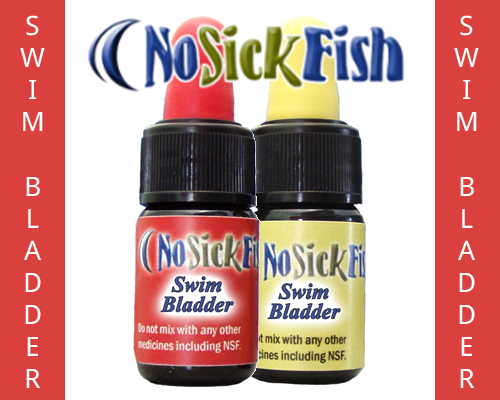Swim Bladder Disease And Treatment
Do you have bettas at home? Fish make great pets because they need less care compared to other pets in order to be happy and healthy. However, fish do require a little time. You will need to take steps like keeping the tank clean and free of algae, keeping the water temperature constant, and making sure to feed your fish the correct amount of food at the correct times. You will also need to watch for any diseases or medical conditions, because fish can get sick too. One common disease you should watch for is swim bladder disease. Read on to learn more about swim bladder disease, how it can affect your fish, and how to treat it.
What is Swim Bladder Disease?
Swim bladder disease affect’s a fish’s swim bladder. The swim bladder is a small organ that the fish can fill with air which control buoyancy, rising to the surface or sinking down below as needed. However, sometimes fish develop problems with the swim bladder which hinders buoyancy and they lose control of their normal swimming motions.
Swim bladder disease is usually caused by bacteria and the cause can usually be traced back to environmental issues like an unclean tank. Vitamin deficiency can also make your fish more susceptible to the disease. During production air can be trapped in the fish food pellets, and this excess air gets into the digestive system, although this usually only happens in fish big enough to eat pellets. However if it happens to your betta and smaller fish, the problem lies elsewhere.
How Does It Affect Your Fish?
A fish with a swim bladder disease usually has trouble swimming normally. You can spot the disease when your fish starts swimming lopsidedly or even upside down. Fish who swim this way are generally not in control of their bodies and for this reason, can feel considerable stress. Imagine if you couldn’t control which way you walked or had trouble staying upright!
Treatment For Swim Bladder Disease
If you have large or pond fish they can be treated with green peas. All you have to do is drop one or two green peas into the tank and wait for the fish to eat it. On the other hand if you have smaller fish, like bettas for example, you may want to try our drops.
You should also take steps to eliminate the threat of bacteria. Make sure to keep the tank clean, the water temperature constant, and be careful of overfeeding. Feeding your fish too often will cause build-up of leftover food, which breeds bacteria. If you provide a clean environment for your fish, they will most likely thrive.








